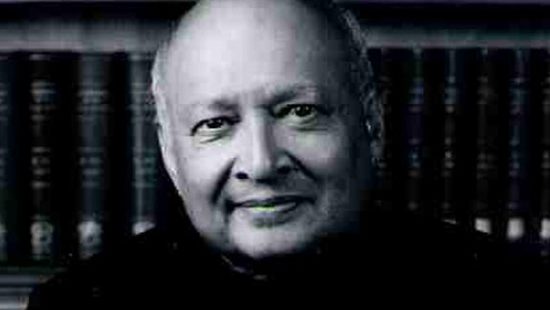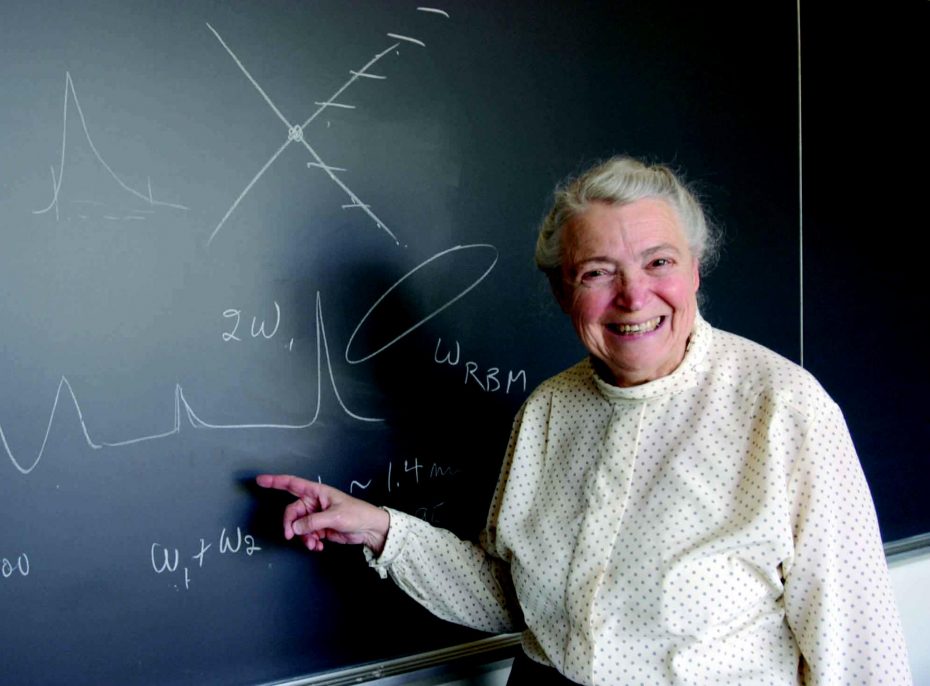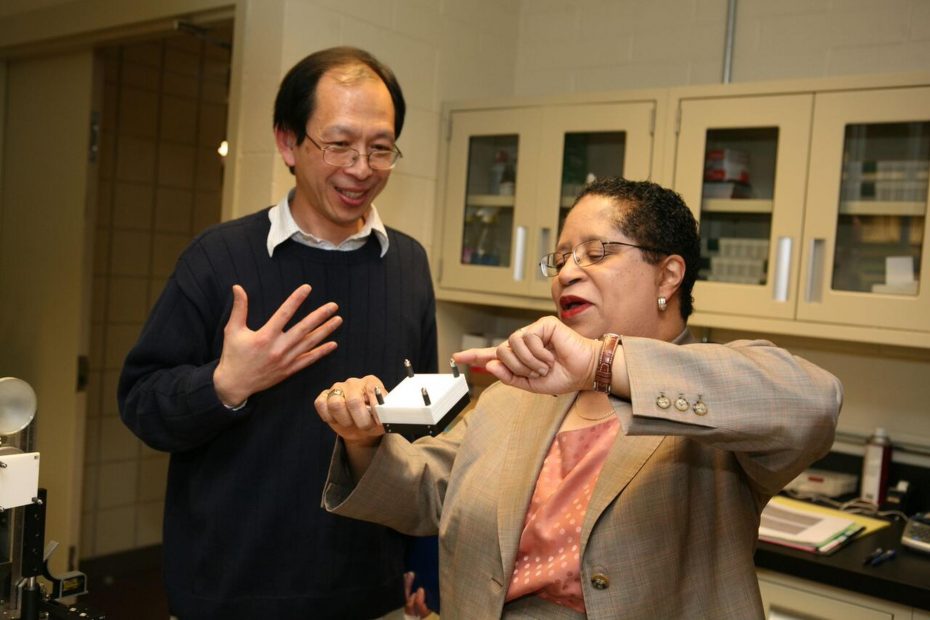As a child, Claude E. Shannon built a telegraph from his house to a friend’s using barbed wire fencing. “I just wondered how things were put together,” he once said.
After graduating from the University of Michigan in 1936, Shannon got a job at MIT, where he spearheaded a research project that catapulted the world into the information age.
In those days, the “differential analyzer,” which operated on gears and motors, was the most advanced in computing technology.
It took a whole week to solve a single problem.
Ahead of his time, Shannon envisioned a computer powered by electrical circuits guided by Boolean algebra, assigning the value of 1 to circuits turned on and 0 to circuits turned off.
Today, the building blocks of digital circuits, called “logic gates,” operate on this concept, making everything we do online – from the emails we send to the videos we watch – a bunch of 1s and 0s strung together.






